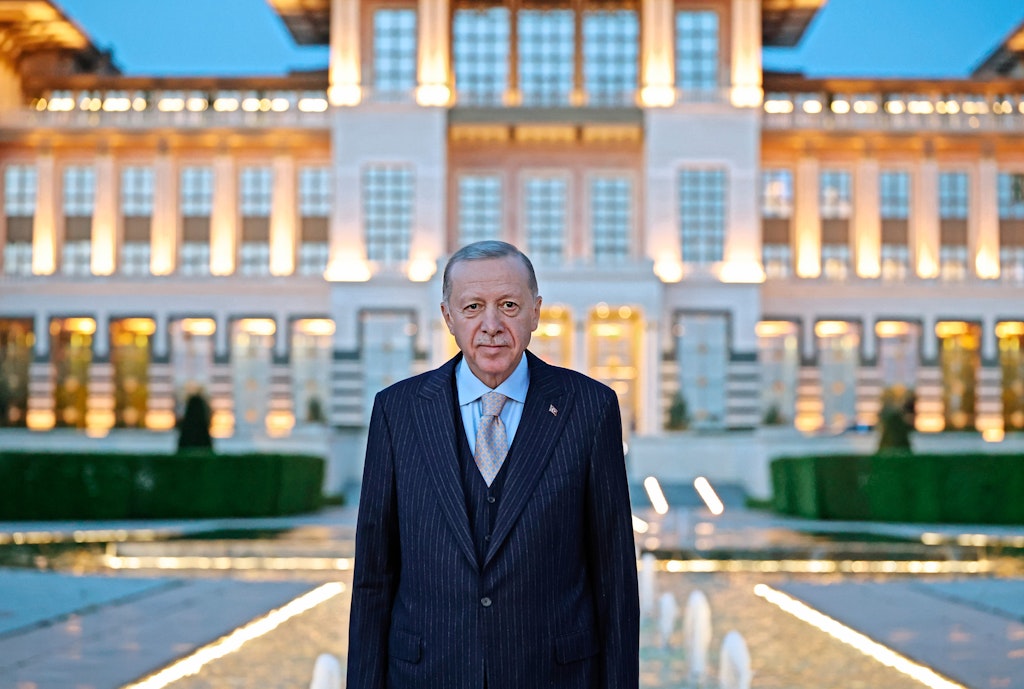Visual mess
The pride flag has ended up symbolising nothing at all
To create International Klein Blue, developed by the artist Yves Klein in collaboration with Edouard Adam, bleu d’outremer (ultramarine blue) pigment is combined with a small amount of alcohol and a colourless polyvinyl acetate resin, called Rhodopas M, which allows the colour to retain its granular matte quality. To make a modern pride flag, all you need is a Tumblr account and Adobe Photoshop.
The original was designed by Gilbert Baker in 1978 and features eight stripes of colour, said to represent sex, life, healing, sunlight, nature, magic, serenity, and spirit. Sex and magic were later dropped during mass production. Unlike International Klein Blue, which was patented by Klein in Paris in 1960, Baker never copyrighted his design and, in recent years, the flag has taken on a life of its own.
The rainbow flag is now a rapidly-evolving living document for the ever-expanding criteria of intersectionality
In June 2017 — a month after Baker died — under the leadership of Amber Hikes, the Philadelphia Office of LGBT Affairs produced a version of the flag which inserted two stripes of black and brown, in order to “recognise” people of colour and “make big strides toward a truly inclusive community.” This was a substantial shift away from Baker’s original concept — the association of the rainbow with the full spectrum of colour in nature — and a friend of Baker’s asked that “other people would not take it and put Gilbert’s name on it, because they didn’t do it in consultation with him, and he didn’t do it.” But in the words of Amber Hikes, “if your Pride isn’t intersectional — if it isn’t protest, it’s irrelevant.” After winning equal marriage, the classic six-colour rainbow was losing its political edge.
By the following year, the Seattle LGBTQ Commission added three more stripes to the flag (the blue, pink, and white from Monica Helm’s transgender flag) to represent the transgender community. The “Philadelphia Pride Flag” was then once again usurped by the “Seattle Pride Flag” as the most inclusive. Not long after, this “layer cake” of convoluted colours prompted graphic designer Daniel Quasar to reimagine the pattern. The black, brown, pink, blue and white were shifted to the side in a chevron design thought by Quasar to suggest progress. (Perhaps anticipating this progress, Quasar has been sure to copyright the Progress Pride Flag and sells official merchandise).
This version has since become the go-to for everyone from banks to activist groups. But there are over seven billion people in the world, and many of these people have yet to be included in the pride flag. In March this year, Jason Domino added a red umbrella — the symbol for “sex workers” — to the edges of the chevron, overlaying the colours on the right. This new flag, it was reported, “aims to be the most inclusive ever”. Rising to the challenge, Valentino Vecchietti from Intersex Equality UK created an “even more inclusive” version in time for pride month, which includes the symbol of the purple circle on a yellow background, taken from Morgan Carpenter’s intersex flag. On the Instagram announcement, the group wrote: “Please know that our intention for this flag is create intersex inclusion because we need to see it.”
It is now a vanity project of unrelated identities without real political demands
The current political emphasis on “visibility” and “inclusion” has seen the rainbow flag transformed into a rapidly-evolving living document for the ever-expanding criteria of intersectionality, in which minority groups compete to be seen in a postmodern pastiche of colour. In the official canon, you have Gilbert Baker’s original flag, the six-stripe flag, transgender, bisexual, lesbian, polysexual, asexual, demisexual, pansexual, Philly, intersex, QIPOC, genderqueer, progress, nonbinary, bear, and the straight ally pride flag. So far, so inclusive. The Tumblr blog Beyond MOGAI, however, describes itself as “a blog to make pride flags for those of us who have orientations, genders, or whatever that others do not think are deserving of pride flags.” These pride flags include: circumgender, isoneutrois, quiverdemigender — the list goes on.
The success of Yves Klein’s blue lies in the simplicity and depth of the “absolute” hue. The artist once said: “Blue has no dimensions, it is beyond dimensions, whereas the other colours are not…all colours arouse specific associative ideas, psychologically material or tangible, while blue suggests at most the sea and sky, and they, after all, are in actual, visible nature what is most abstract.” By contrast, Gilbert Baker assigned all his colours with specific meaning. The result has always been a visual mess, and it just keeps getting messier. With every update, the original six-colour design becomes increasingly obscured as the relentless march of “progress” moves visually across the image. What was once a symbol for a cohesive movement has been distorted into a vanity project for visual “inclusion” of unrelated identities but no real political demands. In trying to say so much at once, the pride flag has ended up symbolising nothing at all.
Enjoying The Critic online? It's even better in print
Try five issues of Britain’s newest magazine for £10
Subscribe














